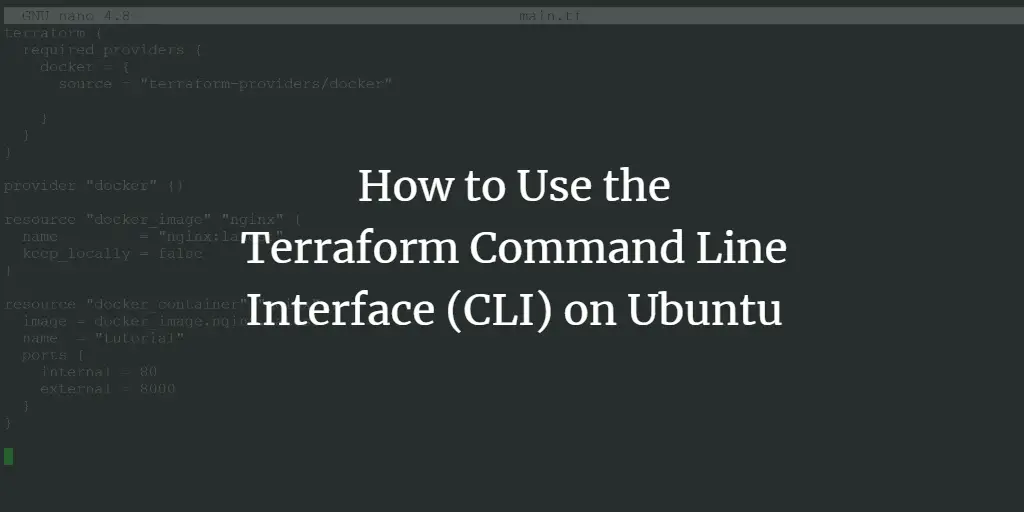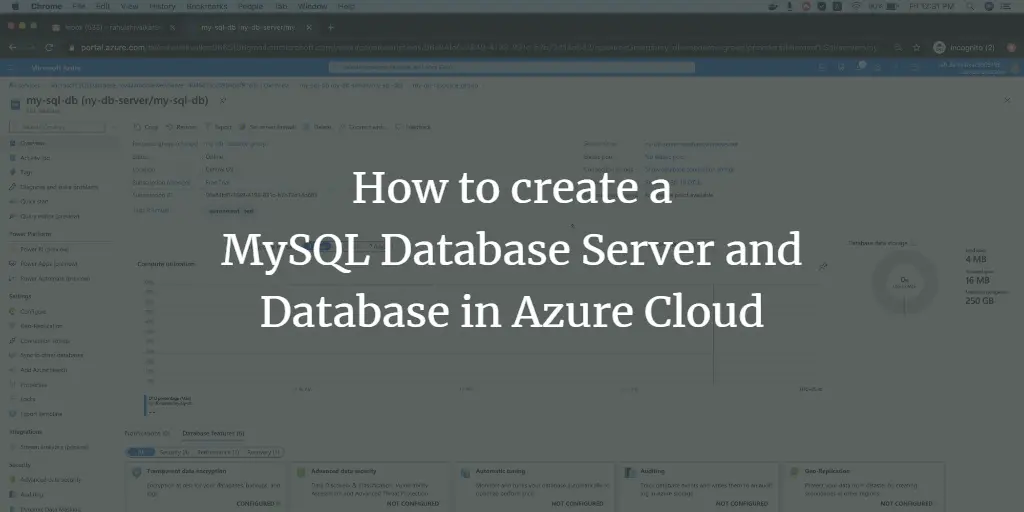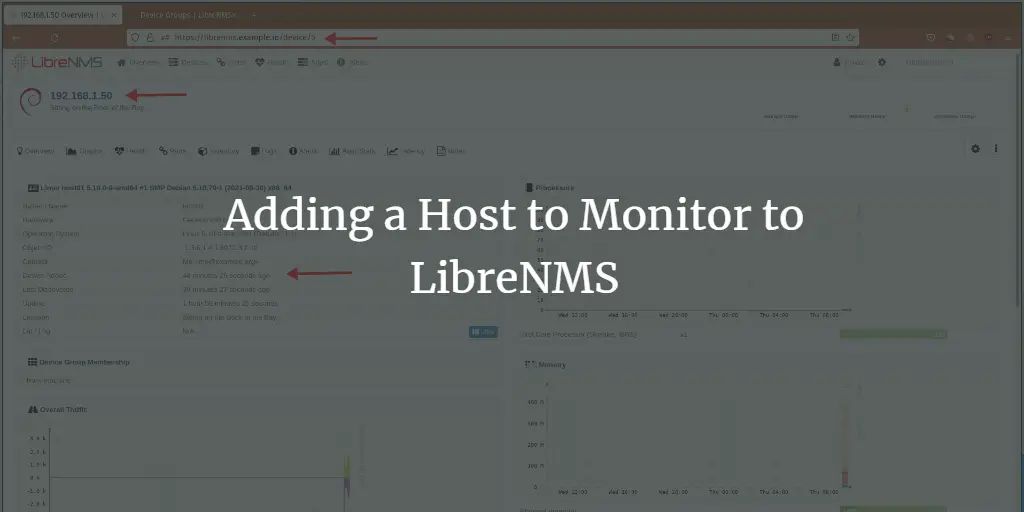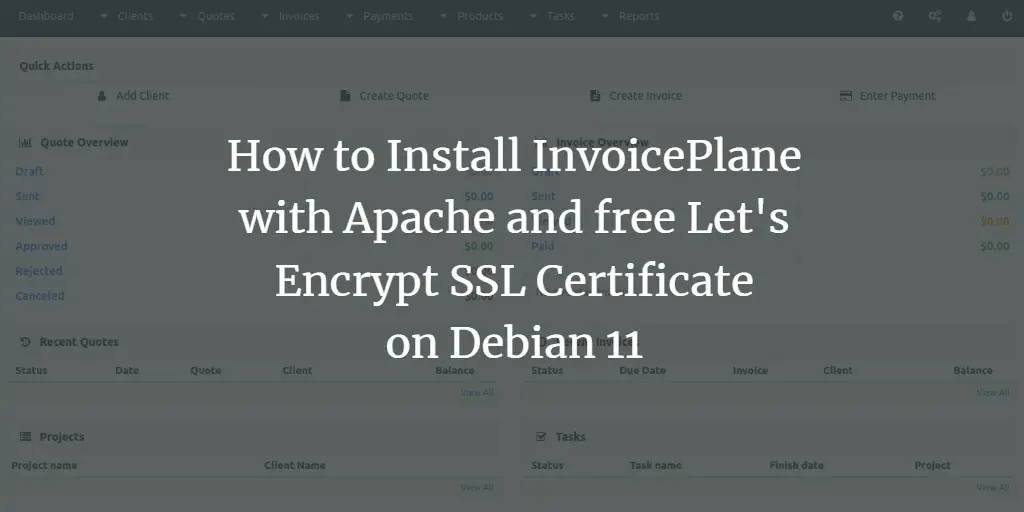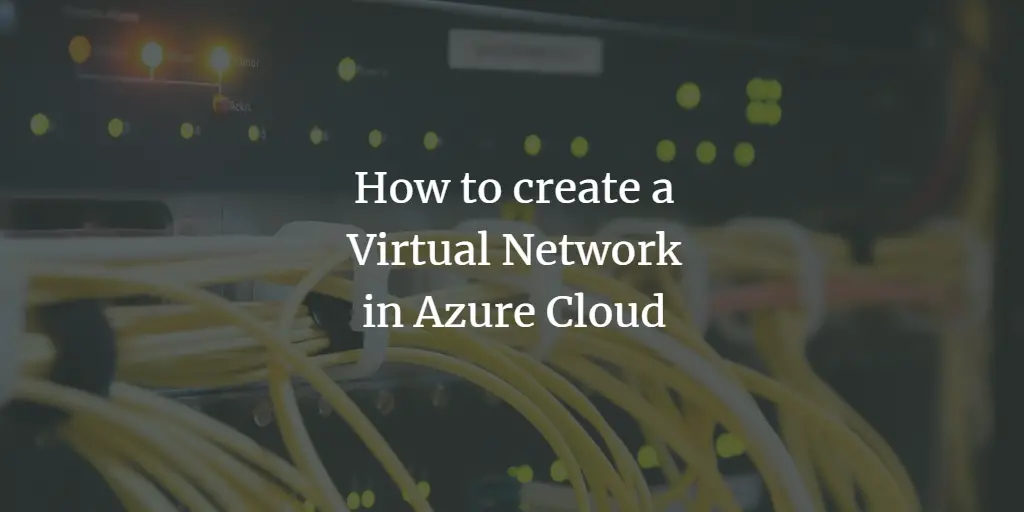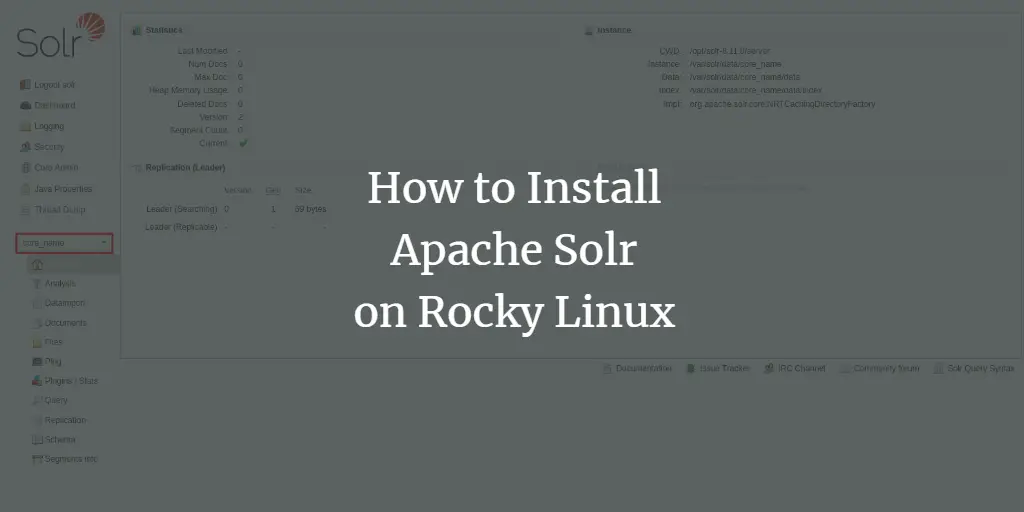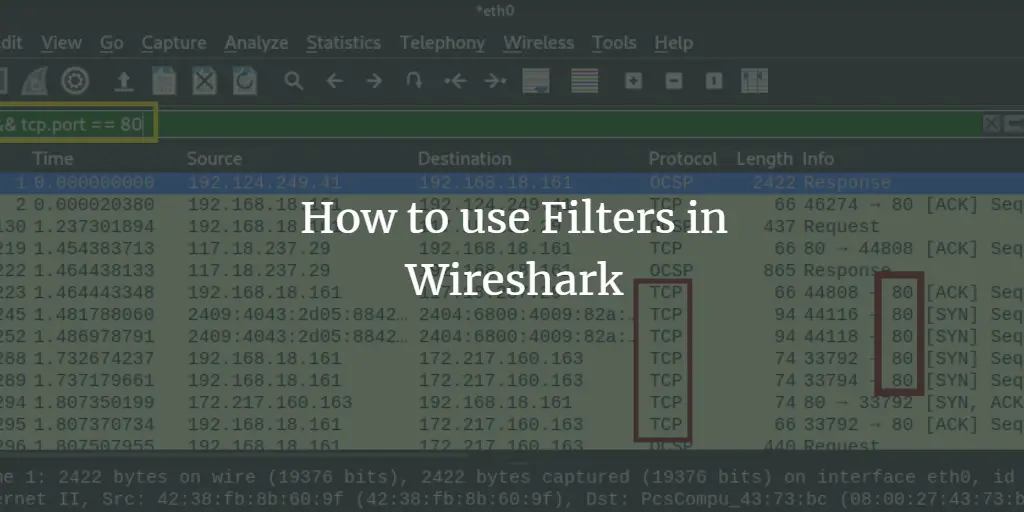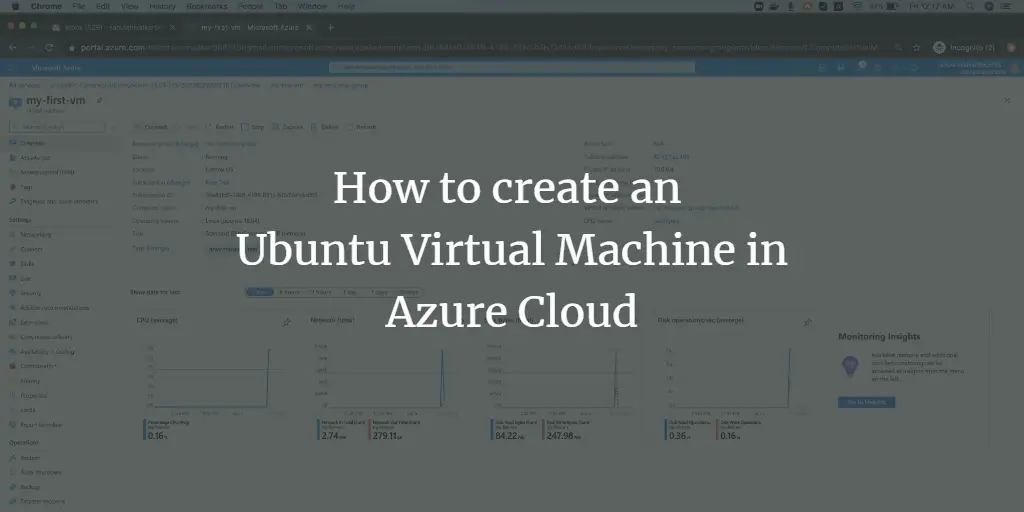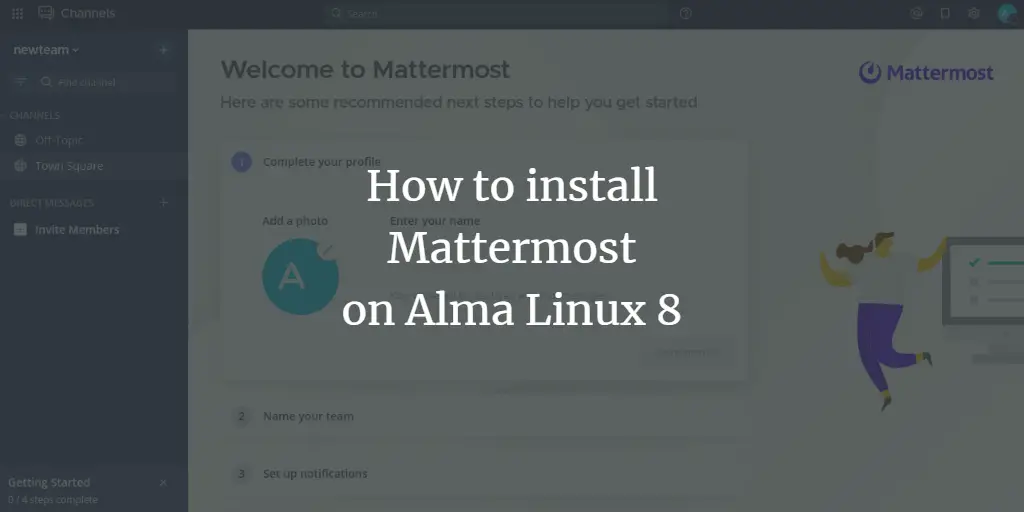HowtoForge provides user-friendly Linux tutorials.
-
How to Use the Terraform Command Line Interface (CLI) on Ubuntu
Author: t.michael • Tags: cloud, linux, ubuntu, virtualization • Comments: 1Terraform is a framework for building and configuring infrastructure as code, with a command-line interface and DSL language. Terraform can manage existing and popular service providers as well as custom in-house solutions to build and configure complete distributed data centers.
-
How to create a MySQL Database Server and Database in Azure Cloud
Author: Rahul Shivalkar • Tags: cloud, linux, mysql • Comments: 0Azure SQL Database is a fully managed platform as a service (PaaS). Azure handles database management functions such as upgrading, patching, backups, and monitoring and we do not need to worry about these operations. In this article, we will see how to create an SQL database, connect to it, create a table in it and delete it at the end.
-
Adding a Host to Monitor to LibreNMS
Author: Arvid L • Tags: linux • Comments: 1LibreNMS is a monitoring tool that supports auto-discovery with multiple protocols, including SNMP, ARP, OSPF, and BGP. In this article, you will learn how to add hosts to the LibreNMS monitoring system using the SNMP protocol.
-
-
How to Install InvoicePlane with Apache and Free Let's Encrypt SSL Certificate on Debian 11
Author: Hitesh Jethva • Tags: debian, linux, server, web server • Comments: 1InvoicePlane is a free, open-source, and self-hosted application for managing your quotes, invoices, clients, and payments. It is used by many organizations and freelancers to manage their payments and invoices.
-
How to create a Virtual Network in Azure Cloud
Author: Rahul Shivalkar • Tags: cloud, linux • Comments: 0Azure Virtual Network is one of the most important resources to create a private network in Azure. It enables many types of Azure services to communicate with each other securely. In this article, we will see the steps to create a Virtual Network and how to add a subnet to it.
-
How to Install Apache Solr on Rocky Linux
Author: Arvid L • Tags: linux, server • Comments: 1Apache Solr or Solr is a free and open-source search platform based on the Apache Lucene library. In this guide, you will learn how to install Apache Solr on the Rocky Linux system, enable Solr basic authentication, set up max open files limit and max processes limit for Solr deployment, and how to create the first Solr core from the command line.
-
How to use Filters in Wireshark
Author: Ali Imran Nagori • Tags: monitoring, networking, security • Comments: 0Wireshark (Formerly Ethereal) is used for capturing and investigating the traffic on a network. In this guide, we are going to explore how to create and efficiently apply filters in Wireshark. Let us get started now.
-
How to create an Ubuntu Virtual Machine in Azure Cloud
Author: Rahul Shivalkar • Tags: cloud, linux, server, virtualization • Comments: 0Azure Virtual Machine (VM) is one of the types of on-demand, scalable computing resources. This guide will show you step by step with screenshots of how to create a virtual machine (VM) in the Microsoft Azure Cloud.
-
How to install Mattermost on Alma Linux 8
Author: Hitesh Jethva • Tags: linux, server • Comments: 0Mattermost is a free, open-source, and secure platform for communication, collaboration, and workflow orchestration across tools and teams. In this tutorial, we will show you how to install Mattermost with Nginx on Alma Linux 8.
-
How to Install Redmine Project Management Software on Rocky Linux 8
Author: Navjot Singh • Tags: nginx, server • Comments: 2Redmine is a free and open-source project management software and issue tracking tool. It is written using the Ruby on Rails framework and can be integrated with various version control systems.

